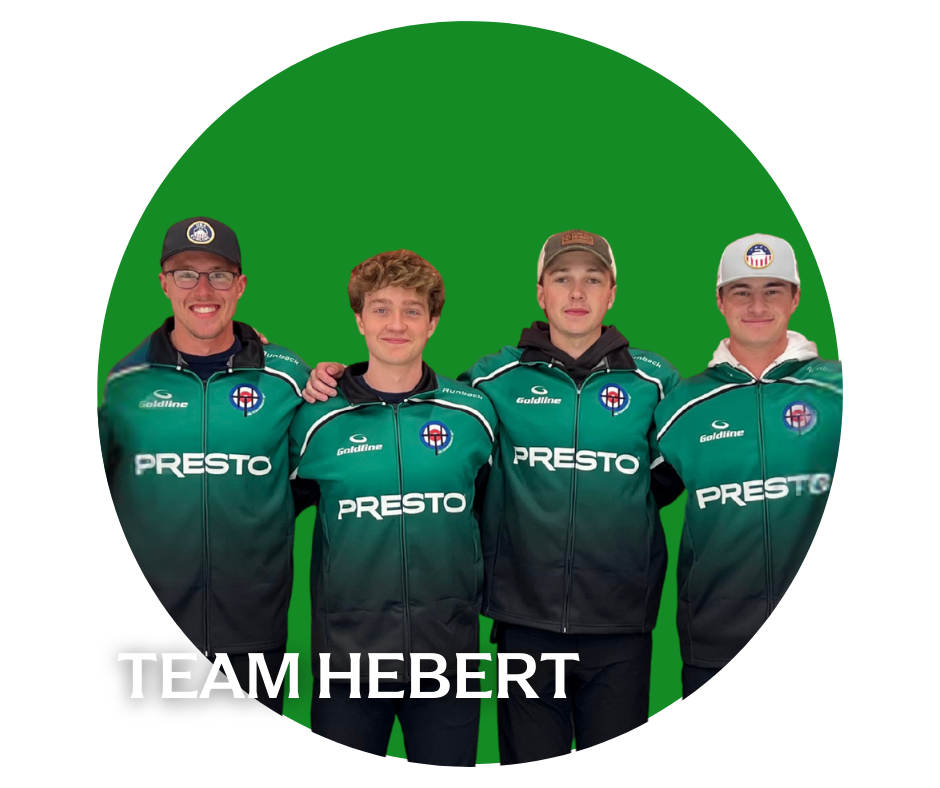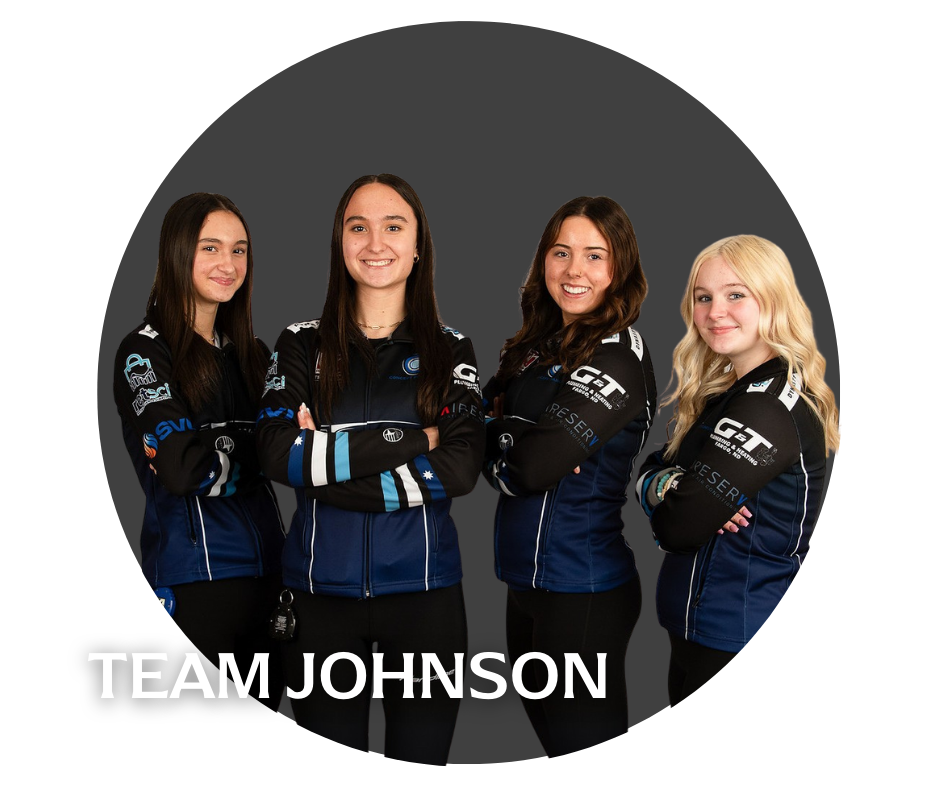
New TO CURLING
-
Curling is a game played on ice between 2 4-person teams. Each person delivers two stones (alternating with the other team) to the far end of the playing area called a sheet. After 16 stones have been delivered, the score is determined and the stones are thrown the opposite direction.
More information about our great game, how it’s played, and why it’s called curling is available in our Intro to Curling Guide
-
You’re in luck! There are more than 150 USA Curling member clubs throughout the country! Use our Try Curling map to find a club near you. Many clubs offer Learn to Curl/Try Curling sessions, Open Houses, or private lessons.
link to Map
-
A Learn to Curl or Try Curling session will teach you everything you need to know about curling to play a short game. Some special equipment is required but clubs typically provide that for learners and new curlers.
Wear comfortable clothes you can stretch in easily (a lunge is part of the curling delivery). We recommend you wear layers, as you may be cold during demonstrations, but you’ll warm up once you start sweeping! Please avoid wearing jeans.
-
Many organizations that facilitate curling call themselves a curling “club.” Most curling clubs require some level of membership to join a league, but anyone can join! Membership dues vary as clubs have different structures for their dues and league fees. Some clubs have relatively low membership dues (<$100 per year) and league fees are paid separately. Some clubs with higher dues (>$1000 per year) offer unlimited league registrations with those dues. The curling club near you will have information about membership dues, league fees, and how to join.
-
The pros on TV certainly make curling look easy, but it’s not! Like most Olympic sports, the road to the Olympics usually begins with a childhood passion for curling and a lifetime of dedication, training, and hard work.
Curlers who fall in love with the sport have many opportunities for competition. USA Curling offers between 15 or more National Championships or Qualifiers for international competition each year. In addition to the flagship Men’s, Women’s and Mixed Doubles Championships, we have events for curlers with 5 or fewer years of experience, competitive Club curlers, Wheelchair Fours and Mixed Doubles, under-18 years of age, and more!
You can find out about our National Championships and what competitive opportunities are await you on our Competitions page.Competitions Link
Qualification Procedures Link
I’ve Tried Curling, what’s next?
-
So you’ve taken a Learn To Curl and you fell in love? Great! What you can do next will depend on your local club’s introductory process. Some clubs offer additional lesson series, an introductory league with classroom time, or other learning pathways. Some clubs promote “on the job” training and encourage new curlers to join a league straight away! Check with your club to understand their pathway for growing in your new favorite sport!
-
Membership to your local club will be the most significant for you. Your club may over different levels or tiers of membership depending on your age, how much you want to curl, and your level of experience.
Some clubs include USA Curling membership in their club membership as well! You can reach out to your club to find out if they offer USA Curling membership. If not, you can always join by logging in at MyUSACurling.com. We have two membership types: Basic and Youth, and offer a variety of Membership Upgrades depending on your level of interest in competing, coaching, and supporting the organization. More information about USA Curling membership, benefits (including participant accident insurance) and pricing is available on our website.
-
You know how to slide and sweep and score, but what about the other stuff? Most of the time, common sense is enough to guide on-ice behavior. However, there is some etiquette specific to curling that may not be obvious:
Curlers call their own fouls and never knowingly break a rule
The ice looks hard and robust, but heat from your hands and knees can easily damage it. Try not to touch the ice. A hand can leave a lasting print in seconds.
During the opposing team’s turn, you should be still and quiet so as not to distract or interrupt their shot
A missed shot should never be cheered. However, a well-made shot can be complimented by players from either team
-
Item description







